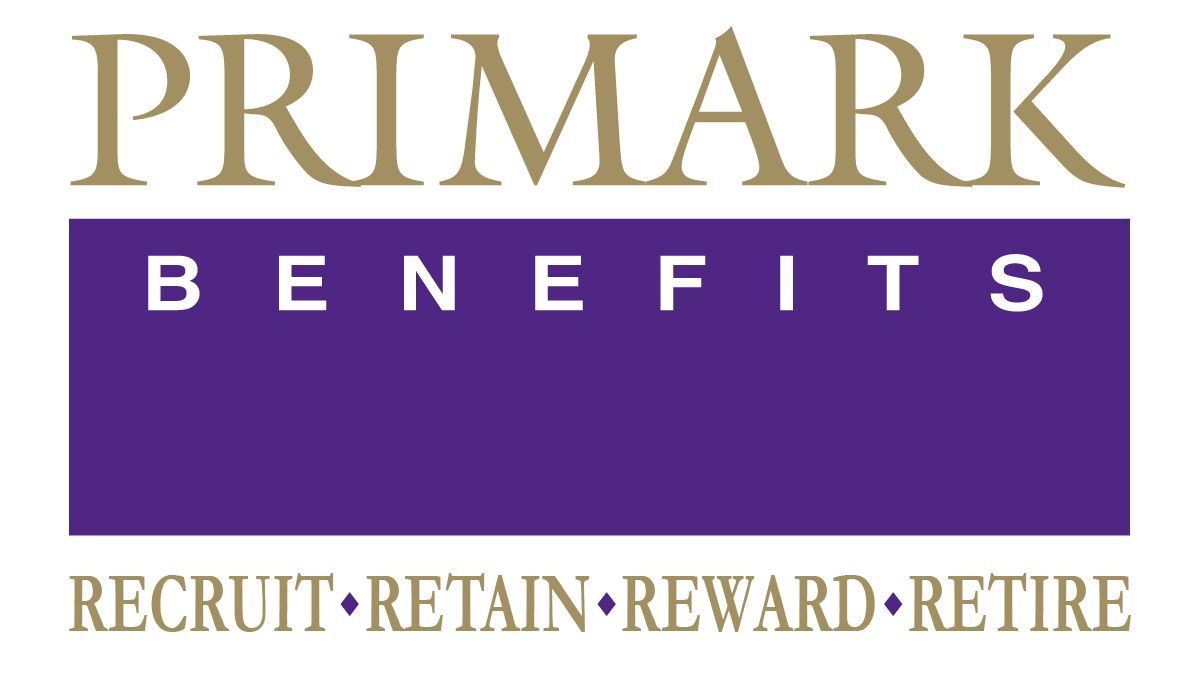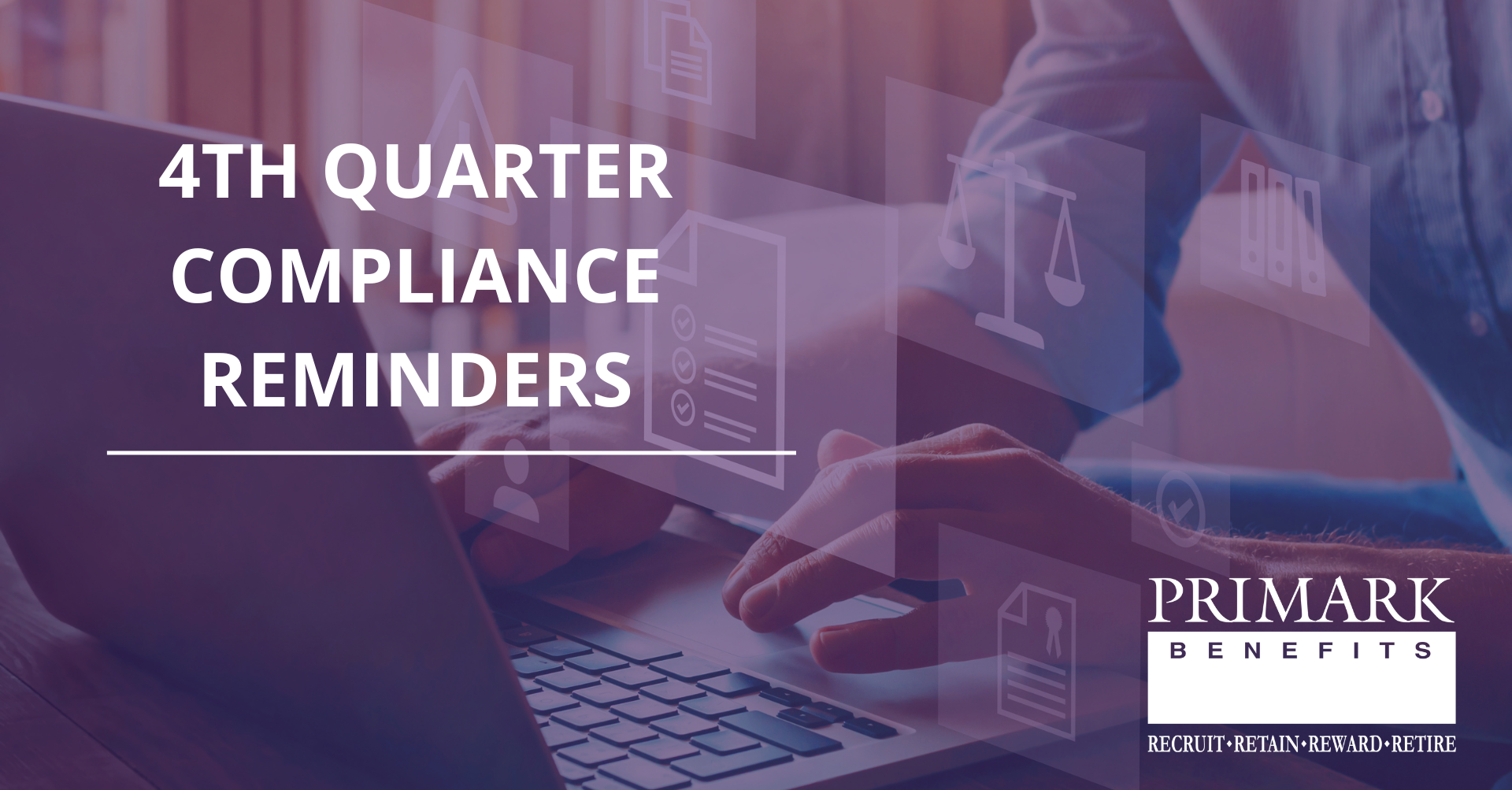4th Quarter Compliance Reminders
August 28, 2024
As we approach the end of 2024, there are plenty of important deadlines to be mindful of. Staying on top of these deadlines contributes to the ongoing compliance of your plan and provides a seamless experience for your employees.
New SECURE Act 2.0 | Long-term part-time employees
Starting in the 2025 plan year, the SECURE Act 2.0 lets part-time employees who've worked at least 500 hours for two consecutive years join the company's 401(k) plan. Here's a quick guide for employers:
- January 1, 2025: Part-time employees who work 500 hours/year for 2 consecutive years are eligible to participate in the company’s 401(k) plan.
- Check your records: Look at your employee data to see who'll be eligible.
- Talk to them: Once you know who's eligible, tell them about their new 401(k) options.
Doing this early helps get your part-time employees smoothly onboard with their new benefits.
Q4 Compliance Highlights*
October 15
- If on extension, filing deadline for the Form 5500
- If on extension, filing deadline for individual and/or corporate tax returns and final contribution deadline for deductibility
- Adopting a retroactive amendment to correct minimum coverage or nondiscrimination requirements (IRC Sections 410(b) & 401(a)(4))
December 1
- Sending annual 401(k) and safe harbor match notice*
- Sending annual Qualified Default Investment Alternative (QDIA) notice*
- Sending annual automatic contribution arrangement notice (ACA)*
- It's important to send these notices at least 30 days (and not more than 90 days) before the beginning of each plan year.
December 15
- If on extension, deadline for distributing SAR to participants*
December 31
- Processing corrective distributions for failed ADP/ACP test to avoid the 10% excise tax
- Correcting a failed ADP/ACP test with qualified nonelective contributions (QNECs)
- Converting existing 401(k) plan to safe harbor non-elective design for current plan year
- Amendment to remove or convert to safe harbor status for next plan year
- Amending plan for discretionary changes implemented during plan year (certain exceptions apply)
- RMDs due under IRC Section 401(a)(9) to avoid penalties

As we approach the end of the year, it’s time for employers, plan sponsors, and participants to review the new retirement plan limits for 2026. Each year, the IRS updates the thresholds for contributions, compensation, and catch-up amounts to account for inflation and statutory changes. Staying on top of these numbers is critical for plan compliance, participant communications, and overall retirement strategy.

Welcome back to our series, How to “Break” a Retirement Plan” In Part I , we examined structural mistakes—the foundational missteps in plan design, contribution handling, and payroll processes that can quietly set a plan on the wrong path. Part II focused on operational blind spots, showing how day-to-day execution errors, from auto-enrollment missteps to mishandling former employees’ accounts, can derail even a well-designed plan. Now, in Part III, we turn our attention to what happens when the IRS takes a closer look. When a retirement plan is audited, the IRS isn’t searching for obscure loopholes; it’s looking for a familiar set of recurring problems. These are the same types of errors that often start small but can grow into significant compliance issues. Understanding where auditors tend to focus can help plan sponsors stay ahead of “issues” before they become “findings”.



